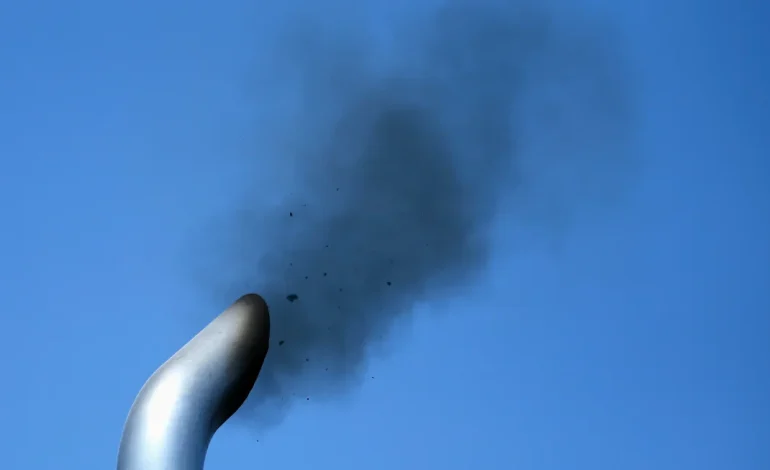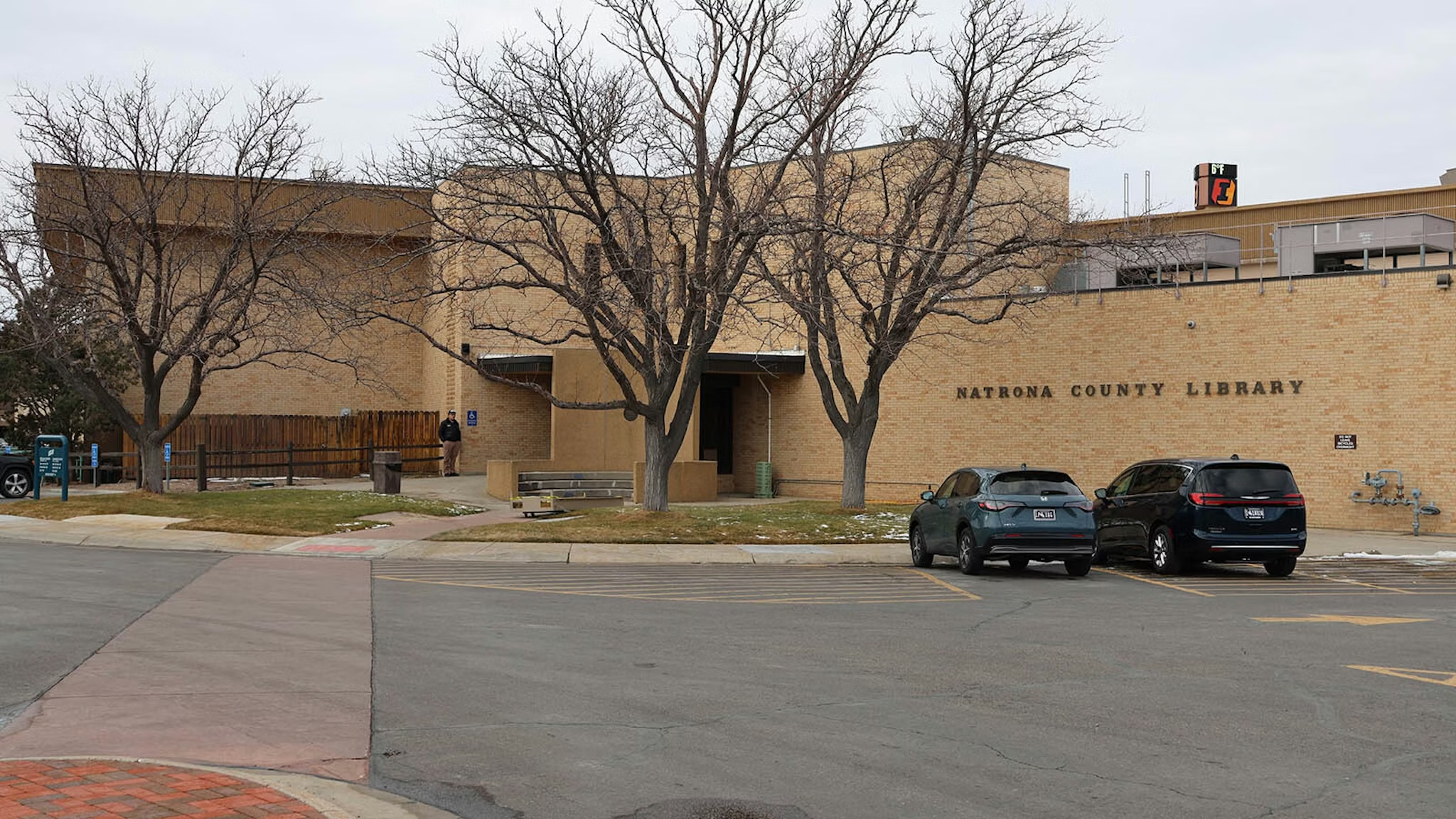Salt Lake City-Provo-Orem Remains Among US Metros with Highest Ozone Pollution Levels

The Salt Lake City-Provo-Orem metropolitan area continues to rank among the most polluted in the country for ozone, according to the 2025 State of the Air report from the American Lung Association (ALA).
The region holds the ninth-worst position nationally for ozone pollution, maintaining the same ranking as last year.
Ozone pollution, often referred to as smog, forms when pollutants from sources like vehicles, industrial facilities, and oil and gas operations react with sunlight. The resulting ground-level ozone can irritate the lungs and airways, leading to symptoms such as coughing, shortness of breath, and asthma attacks. Prolonged exposure has been linked to decreased lung function and reduced life expectancy.
The report highlights that nearly 156 million Americans—around 46% of the population—live in areas with unhealthy levels of ozone or particulate matter, a significant increase from the previous year. This marks the highest number of affected individuals in over a decade. Climate-related factors such as extreme heat, drought, and wildfires are contributing to worsening air quality nationwide.
In Utah, key emission sources include transportation, heavy industry, and fossil fuel production, according to the Healthy Environment Alliance of Utah. Despite growing concerns about air quality, state-level policy decisions have drawn criticism from environmental advocates. Governor Spencer Cox recently signed legislation ending a state program that allowed employees to work from home on days when air quality was poor. Officials argued the program did not meaningfully reduce the number of cars on the road.
The national context adds further complexity. The findings from the State of the Air report come as the federal government considers scaling back Environmental Protection Agency (EPA) regulations aimed at reducing pollution. Such regulatory changes have sparked debate over the balance between economic growth and public health protections.
Experts like Katherine Pruitt, the ALA’s Senior Director for Clean Air Policy and co-author of the report, emphasize the urgency of maintaining and strengthening pollution control measures.
“We need to do more to control the pollutants that are worsening climate impacts like wildfires and extreme heat, not less,” she said.









The latest news in your social feeds
Subscribe to our social media platforms to stay tuned